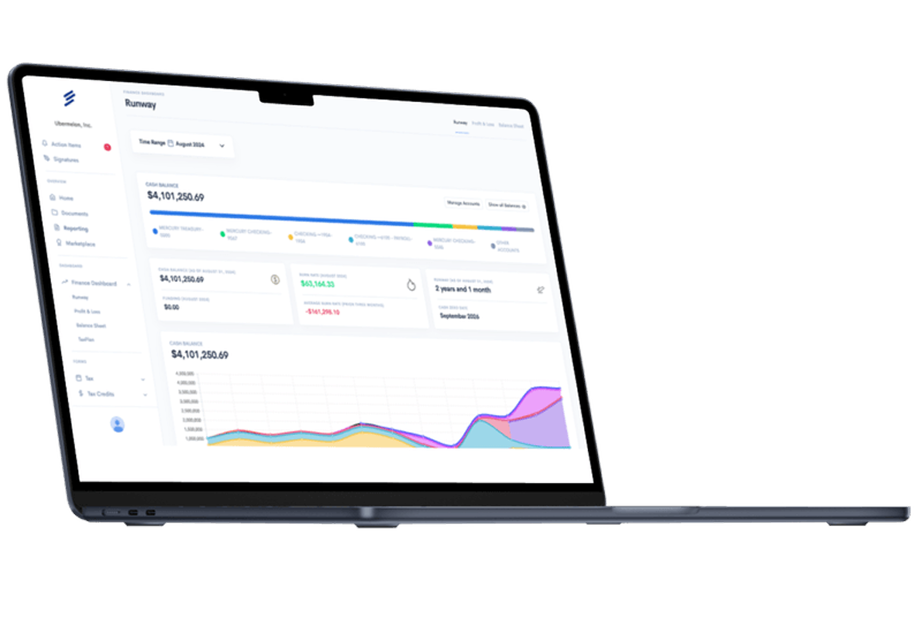Every thriving business recognizes cash as its foundation, with cash flow as the driving force propelling it forward. Together, they paint a clear picture of a company's financial well-being. Handle them right, and you're on the path to smarter decisions, increased profits, and lasting success. Ready to dive in? Here are the Top 5 Cash Management Metrics every startup should know:
Every thriving business recognizes cash as its foundation, with cash flow as the driving force propelling it forward. Together, they paint a clear picture of a company's financial well-being. Handle them right, and you're on the path to smarter decisions, increased profits, and lasting success. Ready to dive in? Here are the Top 5 Cash Management Metrics every startup should know:
1. Quick Ratio
Formula: (Cash + Accounts Receivable) / Current Liabilities
• Indicates a company's short-term financial health.
• A ratio of 1 or above is good, but comparing with industry standards provides a clearer picture.
2. Cash Burn Rate
Formula: (Starting Cash Balance – Ending Cash Balance) / Months in Period
• Assessed monthly or quarterly.
• For profitable firms, it highlights distribution timings and investment affordability.
• For those in deficit, the cash runway (Total Cash / Burn Rate) shows operational longevity.
• Significant purchases can cause a temporary negative Burn Rate, so understanding cash usage is crucial.
3. Cash Conversion Cycle (CCC)
Formula: DIO + DSO - DPO
• Represents the duration from inventory investment to revenue collection.DIO (Days of Inventory Outstanding) = Average Inventory / COGS x 365
• DSO (Days Sales Outstanding) = Account Receivables / Sales x 365
• DPO (Days Payable Outstanding) = Account Payables / COGS x 365
• High DIO means slow sales, and high DSO (> 45 days) indicates collection delays. Ideally, DSO < DPO, meaning you collect before paying suppliers.
• Enhance CCC by: reducing inventory time, accelerating billing and collections, and prolonging payable settlements.
4. Operating Cash Flow
Formula: Net income + non-cash items + working capital changes
• Extracted from the Cash Flow Statement, it shows business-generated cash.
• Negative values mean dependency on investments, financing, past cash balances, or owner contributions. A positive cash flow from operations is vital for sustainability.
5. Free Cash Flow (FCF)
Formula: Operating cash flow – capital expenditures
• FCF accounts for long-term asset expenses, which Operating Cash Flow doesn't.
• High FCF provides flexibility, being a key business goal. It can repay debt, reinvest, or reward owners.
Simplify Startup Finances Today
Take the stress out of bookkeeping, taxes, and tax credits with Fondo’s all-in-one accounting platform built for startups. Start saving time and money with our expert-backed solutions.
Get Started









.png)









